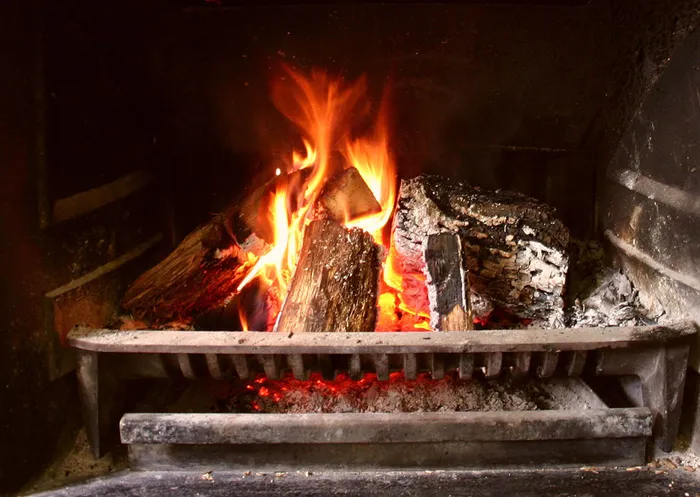How to sell your home in a slow market

Sellers are advised to make their homes look warm and homely when trying to sell their properties during the cold winter months. Sellers are advised to make their homes look warm and homely when trying to sell their properties during the cold winter months.
The property market is not exactly glowing at the moment, but there are many things sellers can do to improve their chances of selling their homes, say the experts.
Adrian Goslett, chief executive of RE/MAX in Southern Africa, said that while selling a home in the current economic climate might not be as “smooth sailing” as in the past, it should not be too difficult, provided the correct factors were taken into consideration.
Goslett said there were usually three key reasons why a home might not be selling, which could be adjusted relatively easily. They were price, condition of the property, and the marketing plan.
He said price was one of the most common reasons why homes didn’t sell. While there might be a buyer for every home, it was the buyers, not the sellers, who ultimately determined the market value of a home.
“In the current market, over-pricing has led to many properties being on the market much longer than they should be, and the longer a property is on the market, the less likely it is that the seller will get their initial asking price.
“On average, sellers can expect their home to spend between 30 and 60 days on the market, if it is correctly priced,” said Goslett. He added that another reason for a property not selling was its condition. If your home didn’t appeal to you, it wouldn’t appeal to anyone else.
“This means that sellers should only put their home on the market once it is in as good a condition as they can possibly achieve. Your property needs to outshine the competition, so consider a minor facelift, such as a coat of paint, and undertake any necessary repairs. Make sure the garden is neat; that all unnecessary clutter is tidied away, both inside and out, and that the home has kerb appeal,” said Goslett.
He advised sellers to market their homes with pictures showing the best characteristics. Many online listing sites had found that homes that were advertised with more pictures than potential buyers could review received more hits than those with fewer pictures. Goslett added that virtual tours were becoming more common as a means of showcasing properties for sale.
“If your home is being filmed for a virtual tour, you should ensure it is really being showcased to its best advantage. Aside from ensuring that it is clean and tidy, sellers should, for example, set the dining room table, put the best linen on the beds, and have a colourful centrepiece on the kitchen counter. It’s all these little details that add up to make a good impression.”
He added that in buyers’ markets, it was important to
be objective about why a buyer would choose your home over all the other homes for sale in the area.
Meanwhile, Laurie Wener, managing director of Pam Golding Properties for the Western Cape metro region, said summer was the busiest time of year for the property market. Buyers weighed up options before a new year, and sellers chose to showcase their properties when they were looking their best.
But Wener said the wet Cape winter might well play in the buyers’, and the sellers’, favour. “There’s no denying that the local property market slows in winter. Families tend to be hesitant to uproot their children halfway through the school year, and there is a general reluctance to move amid the Cape’s rainy weather. But for those who persist in marketing their homes, this can work in their favour.
“The slower pace allows potential buyers more time to browse and spend time in a home, picturing themselves and their family in the space in all seasons. And with the wintry weather putting the brakes on the busy outdoor lifestyle that many Capetonians enjoy on summer weekends, buyers have more time to shop around and see what’s on the market.
“Even those who might not have been considering a move may discover their dream home while browsing around show-houses on a chilly Sunday afternoon.”
In winter, buyers see the home at its perceived worst, with bare trees, thin grass and minimal sunlight and warmth. The colder winter climate provides an opportunity for sellers to show their homes at their cosiest best, with a roaring log fire and welcoming, comfortable armchairs.
It’s also an ideal time to check for potential defects or problems such as leaks, draughts, or poor insulation – so there will be no nasty surprises lying in wait for the change of season.
Wener advises sellers to make their homes as warm and welcoming as possible. “Make the most of your home’s features which lend themselves to indoor entertaining. Light a fire in the fireplace, switch on the heaters, and fill the house with the smell of fresh coffee or hot chocolate.
“Let the buyers feel the warmth in every way, even if it’s pouring with rain outside. And if you have good photographs showing how lovely your home looks in summer, leave these out to help the buyers visualise how the property will appear in another season.” - Cape Argus